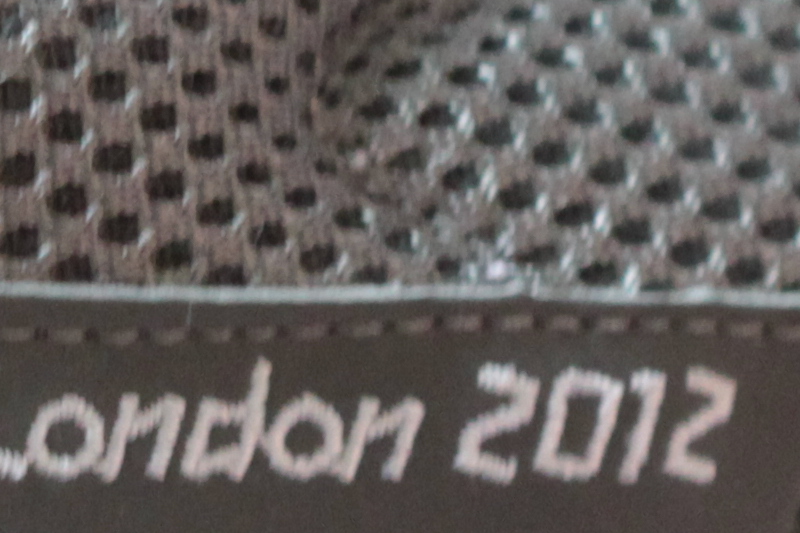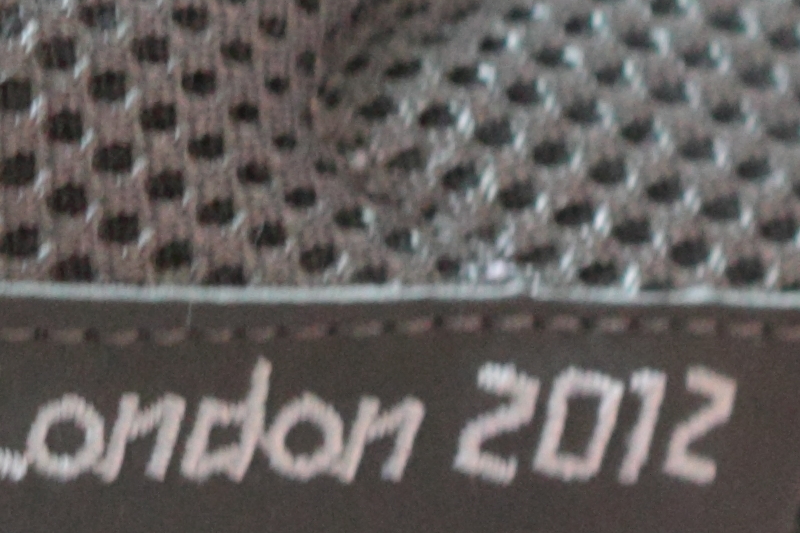
Yes wheras the JPEG compression algorithm is at its best on photographs and paintings of realistic scenes with smooth variations of tone and color. For web usage, where the amount of data used for an image is important, JPEG is very popular. JPEG/Exif is also the most common format saved by digital cameras.
On the other hand, JPEG may not be as well suited for line drawings and other textual or iconic graphics, where the sharp contrasts between adjacent pixels can cause noticeable artifacts. Such images may be better saved in a lossless graphics format such as TIFF, GIF, PNG, or a raw image format. The JPEG standard actually includes a lossless coding mode, but that mode is not supported in most products.
I'm glad we've sorted that all out , and in our own words too without any

copying from wikipedia




 )
)